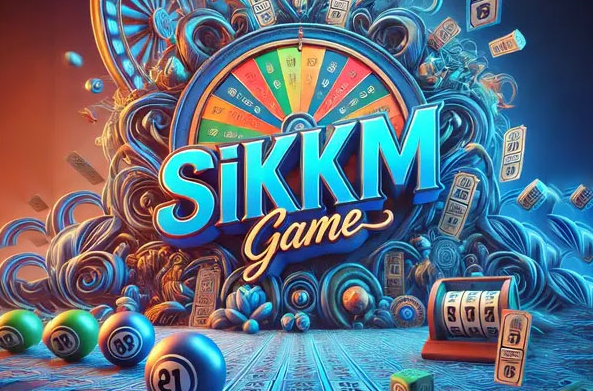Color prediction games have transformed from simple offline activities into a thriving segment of online entertainment. Such as Sikkim App, where players bet on color-based outcomes, have captivated millions around the globe. This article delves into the intriguing history of color prediction games, tracing their journey from traditional forms to their current online popularity.
Origins of Color Prediction Games
The history of color prediction games dates back to age-old betting and fortune-telling practices. Across various cultures, colors have often been associated with luck and destiny. Simple color-based betting games were common, ranging from straightforward predictions to more complex rituals.
In ancient societies, these games frequently intertwined with religious and cultural beliefs. For instance, ancient Chinese divination practices involved interpreting colors to foresee future events. Similarly, medieval European traditions employed color symbols in various divination methods, merging elements of chance with spiritual beliefs.
The Emergence of Casino Games
The modern era for color prediction games began with the rise of casino gaming in the 19th and early 20th centuries. Games like roulette and baccarat incorporated color elements into their mechanics. In roulette, players wagered on whether the winning number would be red or black, establishing a foundational aspect of color-based betting that would inspire future innovations.
The appeal of these simple yet thrilling bets contributed to the popularity of casino games, providing insights into probability and randomness that would later inform online color prediction game design.
Transition to the Online Sphere
The shift from offline to online color prediction games gained momentum with the advent of the internet and digital technology in the late 20th and early 21st centuries. This digital revolution allowed traditional betting concepts to reach a broader audience, enhancing the accessibility of these games.
Early online gambling platforms adapted classic casino games, incorporating color prediction elements and enabling players to engage with these games from home, signaling the beginning of a new chapter in color prediction gaming.
The Rise of Online Color Prediction Games
As high-speed internet and mobile technology advanced, online color prediction games emerged as a distinct genre. These games leveraged the growing mobile gaming trend and social media, offering fresh avenues for players to engage in color-based betting.
A significant development during this period was the incorporation of color prediction mechanics into various online formats. Games were introduced as standalone experiences or integrated into larger gaming ecosystems, including mobile apps and social media platforms that allowed users to make predictions and place bets on virtual events.
Popularity Surge and Technological Advancements
The popularity of online color prediction games soared alongside technological innovations. Features like high-definition graphics, immersive sound, and real-time gameplay enhanced the user experience, attracting a wider audience.
Additionally, the integration of blockchain technology and cryptocurrency brought new levels of transparency and security, allowing players to verify game outcomes and participate in decentralized gaming environments.
Cultural Influence of Online Color Prediction Games
With their increasing popularity, online color prediction games began to mirror broader cultural trends. Their accessibility led to widespread adoption, particularly among younger, tech-savvy audiences.
These games have been adapted to fit various cultural contexts, aligning with local preferences and gaming habits. For example, in some areas, they are integrated into social media, while in others, they form part of larger gaming ecosystems that emphasize competition and social interaction.
Challenges and Issues
Despite their success, online color prediction games face challenges and controversies, particularly regarding gambling addiction, regulatory compliance, and fairness. The rapid industry growth has sparked discussions about the need for responsible gaming practices and effective regulation to safeguard players.
In response, regulatory bodies and gaming platforms have implemented measures to promote responsible gaming, ensure fair play, and provide resources for player support. The industry continues to evolve, striving to balance innovation with ethical considerations.
Future Outlook for Color Prediction Games
The future of color prediction games will likely be shaped by ongoing technological advancements and changing player preferences. Emerging technologies such as virtual reality (VR) and augmented reality (AR) may enhance the gaming experience, offering new immersive ways to engage with color prediction.
As the genre develops, incorporating ethical practices and responsible gaming measures will be vital. The evolution of color prediction games is expected to focus on creating enjoyable and fair experiences while addressing the challenges posed by rapid technological change.
Conclusion
The history of color prediction games illustrates a remarkable journey from traditional pastimes to cutting-edge digital entertainment. From ancient rituals to modern online experiences, these games have become a significant part of the gaming landscape. As technology progresses and cultural trends evolve, the future of color prediction games looks both exciting and dynamic. Understanding this history provides valuable insights into the current and upcoming developments in this engaging genre.
